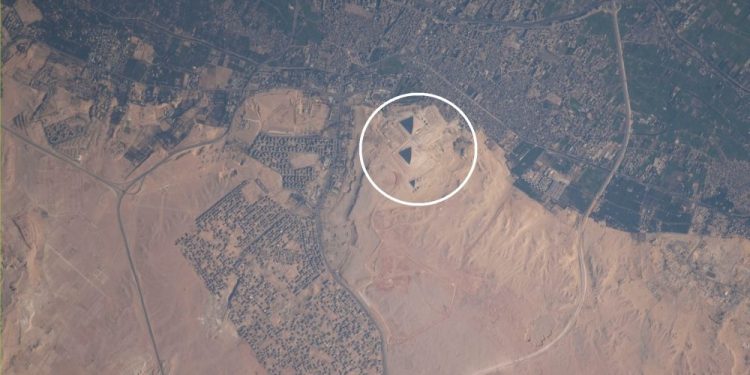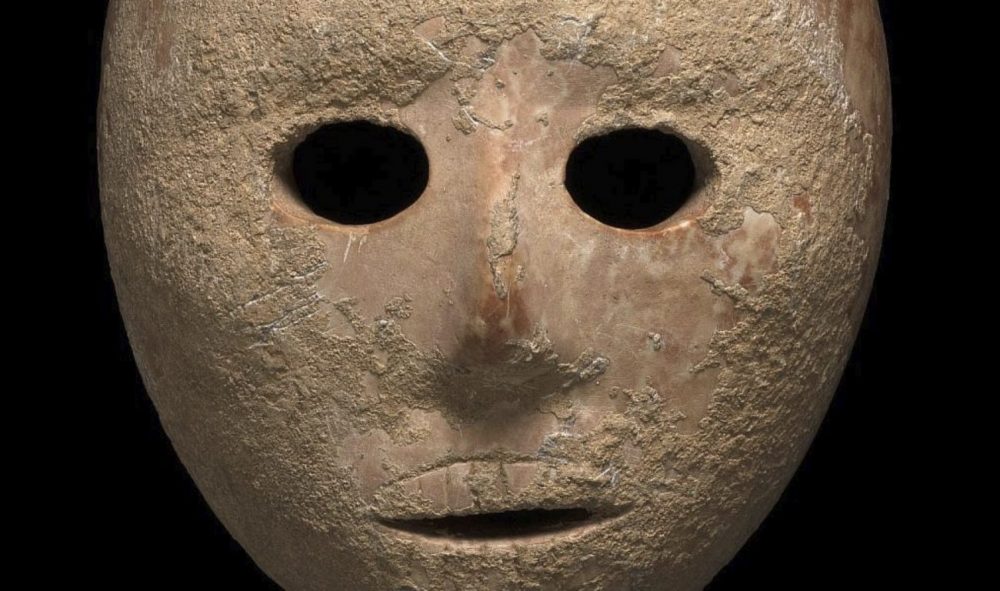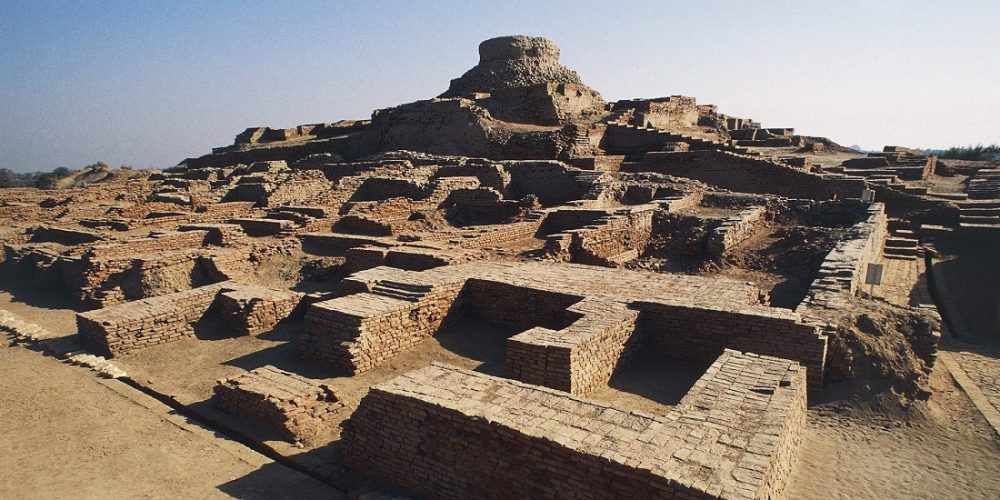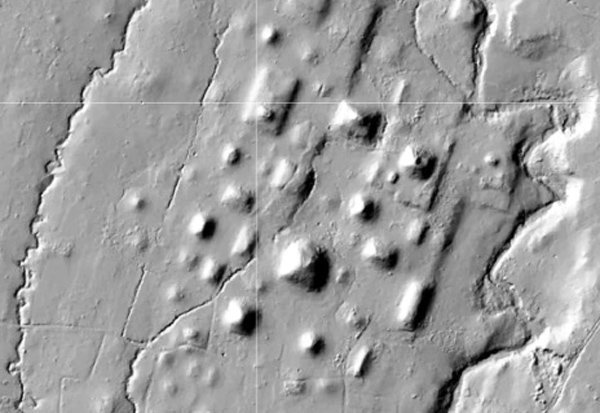Recent geoarchaeological research has uncovered evidence that extensive metalworking activities in ancient Egypt resulted in considerable environmental contamination in a port near the Pyramids of Giza.
In the spring of 2019, researchers drilled into the ground beneath Cairo’s bustling streets, just over a kilometer from the iconic Great Pyramid. This location, once known as Khufu Harbor, served as a crucial port over 4,600 years ago during the construction of the pyramid. What the team discovered was a startling indication of early industrial pollution—marking the first significant instance of human-induced metal contamination in history.
While the Giza Plateau is renowned for its pyramids and the mummified remains of ancient elites, this study, published in Geology, reveals a less-explored aspect of Egyptian civilization: the extensive and prolonged practice of metalworking. This discovery offers new insights into the lives of the broader population, rather than just the pharaohs and nobility.
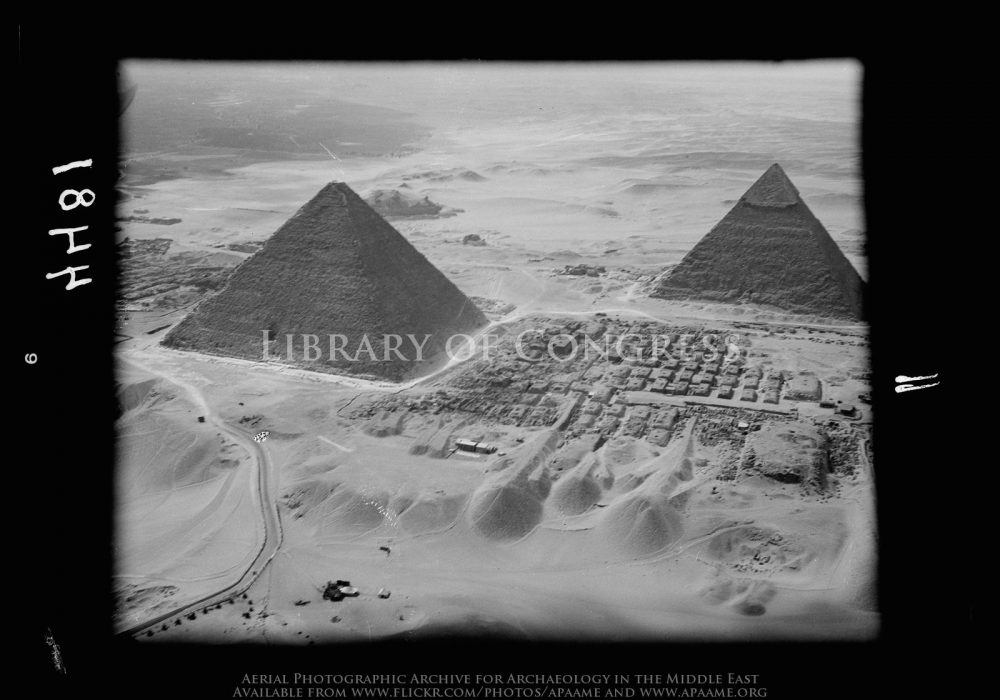
Alain Véron, a geochemist from Aix-Marseille Université in France, emphasized the importance of understanding the lives of ordinary people in ancient Egypt, stating, “We need to focus on the 95% of the population that history often overlooks.” His colleague, Christophe Morhange, a geoarchaeologist from the same institution, highlighted the value of studying the sedimentary record in reconstructing historical events. “Sediments are as crucial as monuments,” Morhange noted, stressing the often-neglected importance of the earth beneath our feet.
Revealing a Surprising History of Contamination
The research team utilized geochemical tracers to analyze the metalworking activities that took place around ancient Khufu Harbor. Situated near the Giza Plateau along a now-extinct branch of the Nile, the harbor was a hub for transporting materials and a center for copper tool production. These tools, often alloyed with arsenic for increased durability, were essential for working with various materials, including limestone, wood, and textiles.
To assess the extent of the contamination, researchers employed inductively coupled plasma–mass spectrometry (ICP-MS) to measure concentrations of copper, arsenic, aluminum, iron, and titanium. They also used six carbon-14 dates to establish a timeline for the contamination.
The study revealed that metal contamination began as early as 3265 BC, earlier than previously thought. This finding suggests that human settlement and metalworking activities at Giza commenced over 200 years before the traditional timeline. Although direct evidence of Predynastic civilization near Giza has been found in only a handful of graves, Morhange believes that the geoarchaeological record offers further clues about earlier occupations. He pointed out that researchers might have overlooked this evidence due to their focus on the more prominent pyramids and tombs. “You only find what you are looking for,” he remarked.
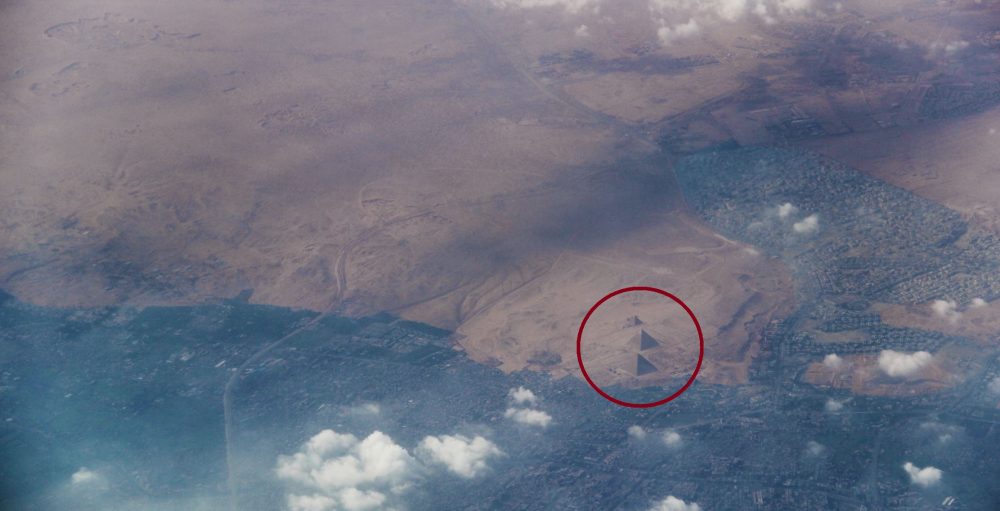
The peak of metal contamination occurred during the construction of the pyramids, around 2500 BC, and persisted until approximately 1000 BCE. Véron noted that this period marked “the oldest regional metal contamination ever recorded in the world,” with copper levels reaching five to six times the natural background levels, indicating substantial local industrial activity.
However, some experts, like Andrew Shortland, an archaeological scientist from Cranfield University in the United Kingdom, have expressed reservations about the timeline proposed by the study. Shortland suggested that the six carbon-14 dates used might not be sufficient to establish a definitive timeline but acknowledged the broader significance of the findings.
Adapting to Environmental Challenges
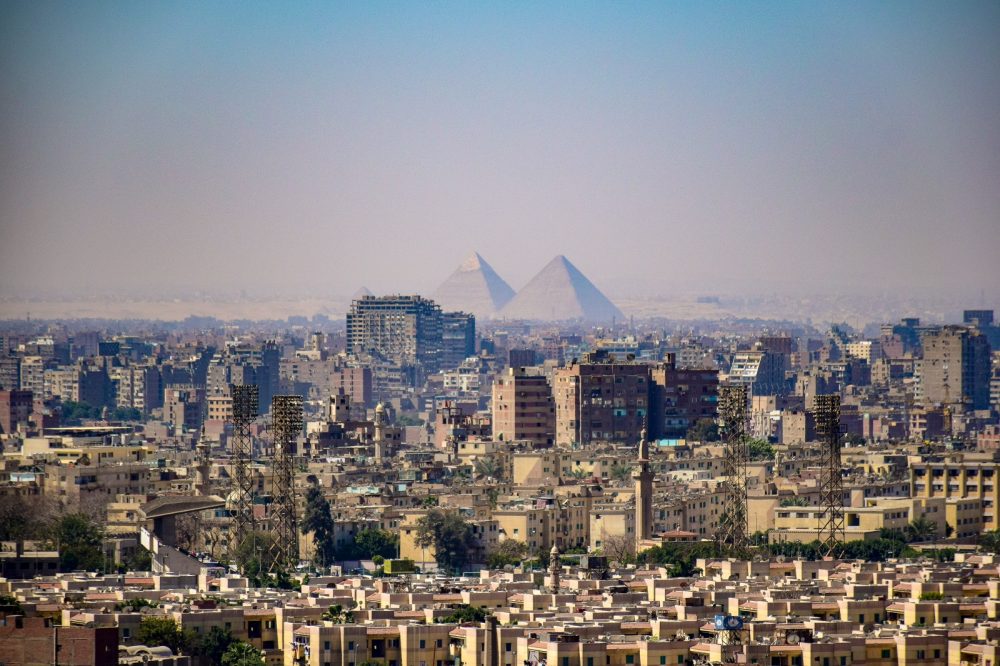
The research also provided new insights into how ancient Egyptians adapted to environmental changes. As the Nile River receded and Khufu Harbor diminished, metalworking activities continued. Despite the Nile reaching its lowest levels around 2200 BC—a time of civil unrest and severe societal challenges—metal contamination remained high, indicating a resilient local infrastructure and workforce.
Véron explained that the initial retreat of the Nile presented new opportunities for the local population. Previous studies of pollen grains have shown that agricultural activity increased as the shrinking Nile exposed fertile floodplains. Even after the construction of the pyramids ended, metalworking likely continued to support expanding agricultural endeavors.
Dominik Weiss, a geochemist from Imperial College London, praised the study as “extremely well done and carefully conducted.” He highlighted the significance of connecting geochemical analysis with historical research, shedding light on the daily lives of ordinary Egyptians. “The chemical imprint of human activity is enduring and cannot be erased,” Véron concluded.
This research not only enriches our understanding of ancient Egyptian society but also serves as a reminder of the lasting impact of human activity on the environment.



